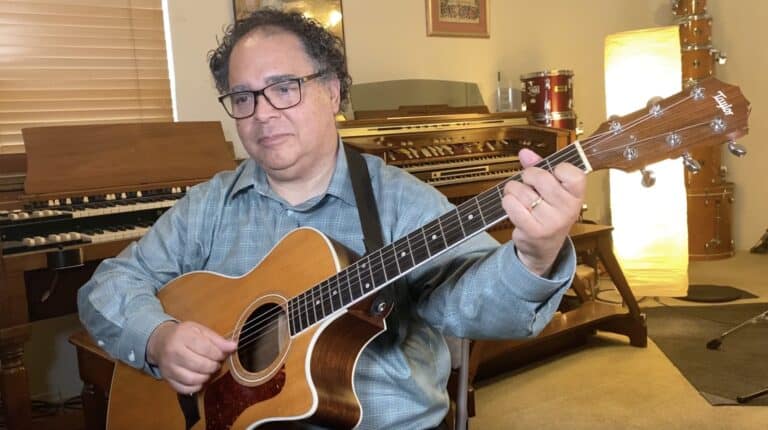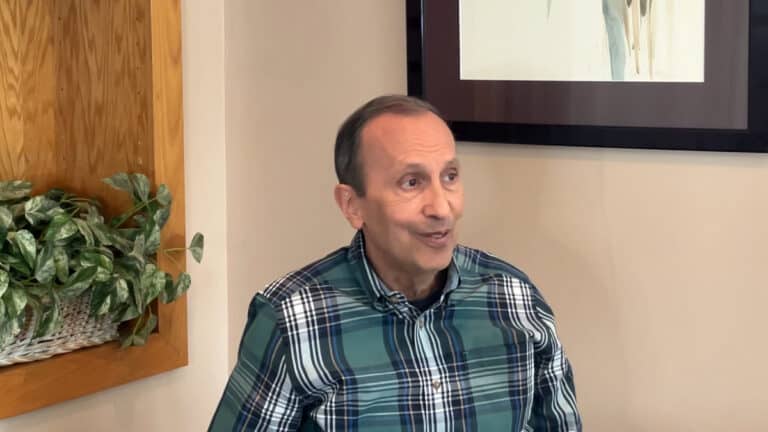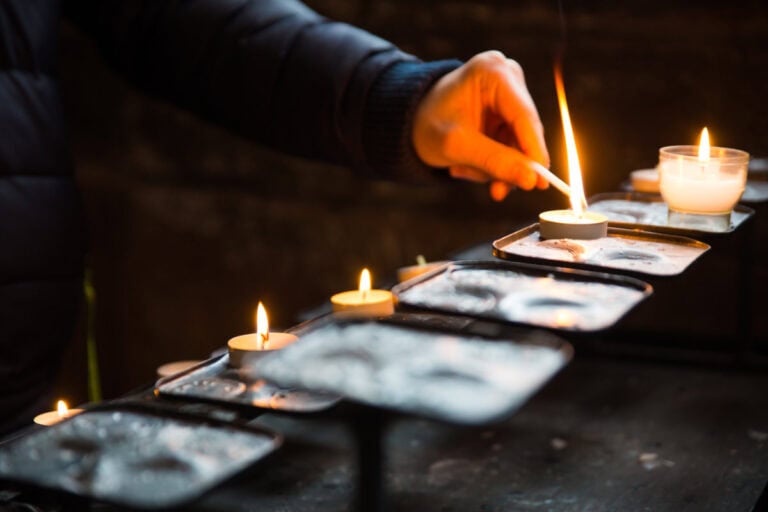While music directors or ensemble leaders typically choose the music used for liturgy in most parishes across the United States, how they approach music planning for liturgy differs greatly. Directors may plan weekly, monthly, or even annually, in small teams or alone, with or without their pastor, using published planning guides, the same selections from three years ago, or the readings of the day to guide their song choices. In some cases, they may just select their favorite songs, though that’s not a recommended method.
In my experience, regardless of the planning options available, directors fiercely defend their approach to music planning for liturgy, touting that their way “works best for them.” This staunch stance can prevent possibilities of improving the music planning process, thus forfeiting the likelihood of improving the community’s worship experience.
Regardless of one’s preferred process for planning music, there is an option that I believe should never be abandoned, and that is seasonal planning. Beyond Ordinary Time, which consumes most of the liturgical calendar each year, there are four liturgical seasons – Advent, Christmas, Lent and Easter. Each of these seasons should be musically planned from start to finish in one planning session and with a deeper consideration for the season as a whole.
Arranging songs for liturgy
Before we talk more about seasonal music planning, consider for a moment how ensemble directors blessed with multiple instrumentalists and singers are forever arranging the songs played for liturgy. In our contemporary ensemble, we have three acoustic guitars, piano, bass, two flutes, and about 25 singers. As the director, I share a roadmap for how every song will likely be played, though that roadmap may be adjusted when it’s played live.
Then I instruct the singers when to sing unison and when to add harmony. Sometimes I may add only the alto harmony. If a descant exists, I’ll direct the tenors or sopranos (or both) when that descant should be sung. There are times I instruct the instruments to lay out until the second verse, or perhaps the entire song. I’ll fashion and communicate the intros to use for each song. During the song itself, I’ll direct tempo and dynamic changes, ask for more diction from singers or instruct instrumentalists to become tacet. These are just a few of the ways that that I arrange our songs for liturgy.
A music leader’s attention to crafting musical arrangements undoubtedly produces the best foundation for a community’s sung prayer. In the same way, paying attention to the arrangement of a season creates the best foundation for the community’s sung prayer.
Planning seasonally – a look at the season of Advent
Seasonal music planning goes beyond just selecting individual songs and into a far broader list of other considerations. In essence, it’s using the same type of approach we use arranging songs in our ensembles – we don’t just play a song chaotically, we craft it using musical criteria that most certainly improves the quality of the song. This improved quality allows the gathered community to better respond and participate.
It’s the same with seasonal music planning for liturgy. Planning seasonally is a process that considers the purpose or meaning of the season, including thematic influences, that find their way into our music selections.
Let’s consider one particular season – Advent. If I used a non-seasonal approach to selecting music, I’d simply focus on the First Reading and Gospel for each week and select songs that “fit” those readings. While this is not wrong, I can expand my process to include a deeper consideration of what the season of Advent is all about.
In a USCCB article entitled “What Is Advent,” we learn that the season “is a time of preparation that directs our hearts and minds to Christ’s second coming at the end of time and to the anniversary of Our Lord’s birth on Christmas.” Further, we learn that “our Advent readings call us to be alert and ready, not weighted down and distracted by the cares of this world (Lk 21:34-36).” So, what songs in our music repertoire speak to preparation, being ready and not distracted by worries? Those songs should strongly be considered for our Advent liturgies.
Beyond the “thematic” influence on our music planning, seasonal planning also allows for parishes to embrace pastoral consideration for the season. In 2018, Pope Francis is quoted (Angelus) as saying, “Advent invites us to a commitment to vigilance, looking beyond ourselves, expanding our mind and heart in order to open ourselves up to the needs of people, of brothers and sisters, and to the desire for a new world.” This broader vision of the Advent season allows for choices of music that would support our outreach to the poor, the homeless, and the disadvantaged, or perhaps those from different cultures, ethnicities, and orientations. These influences can make a huge impact on what songs we select for Advent.
Because the season of Advent is only four weeks, another consideration is to use some of the same songs all four weeks. This past Advent, our St. Blase liturgies included Ian Callanan’s “You, The Christ” for Preparation of the Gifts for all four weeks. Over the years, we have also used common psalms, closing hymns or gathering songs for all four weeks of Advent. This not only allows us to target music selections that reinforce unique themes, but also gives the community the sense that Advent is different than Ordinary Time. In addition, we’ve also used the same song for different musical parts of the liturgy. The song “O Come, O Come Emmanual” is a quintessential Advent song, one that we’ve used all four weeks of Advent, but at different times in the liturgy with different verses.
While considering the First Reading and the Gospel should still be a part of seasonal planning, the focus shifts more to creating a “pool of songs” that fit the entire season, and then selecting the songs that best fit the liturgies of that season. Yes, we still may want to use a piece or two that supports the presence of John the Baptist that appears in the second week of Advent each year – but we also want to use selections that speak to the broader meaning of the season of Advent.
It’s important to note here that the music we choose for all our liturgies is formational – that is, the lyrics help form our faith and reinforce our beliefs. Planning music for liturgy must never be taken lightly! Seasonal planning allows us to open the minds of gathered believers beyond the traditional music used during that time.
Seasonal music planning for liturgy – worth the energy
Now, think back to all those musical elements used in arranging a song for liturgy – doesn’t this seasonal approach to planning sound very similar? When we plan music seasonally, we don’t just focus on the readings of the day alone – we dig deeper, finding the music selections that best support the meaning of the season and the pastoral concerns for our community, at this time, in this place. We’re arranging the season – with all of its layers and dynamics – in the same way we arrange a song. This broadened approach greatly influences the music we choose, which also greatly affects the overall experience of liturgy by the entire community.
Because I’ve witnessed the irrefutable impact seasonal planning has had on communities gathered for prayer, I know that it’s worth the extra time required. While it may take a little more time up front while you hone the process, the time needed to seasonally plan diminishes over time, while the overall effect on worship soars. Take the time – your community will greatly appreciate it!
Written by Steve Petrunak, a founding board member of CLEF and director of music at St. Blase Catholic Church in Sterling Heights, Michigan.
Copyright © 2025 Catholic Liturgical Ensemble Formation
Looking for more resources? Search our full online library of CLEF Life resources, or sign up for CLEF Life email updates to receive the latest resource in your inbox once a week.



